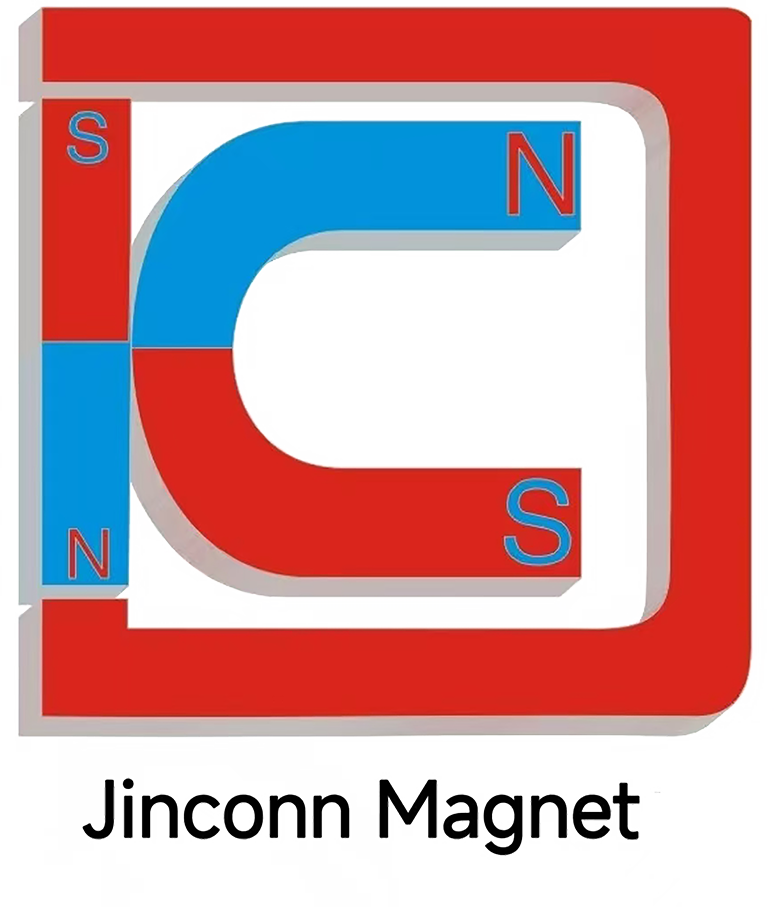Future Pathways for Carbon Neutral NdFeB Magnets: Innovation, Global Competitiveness, and Environmental Leadership
As global industries accelerate toward carbon neutrality, the rare earth magnet sector is poised for transformative change. NdFeB magnet producers are now reimagining their business models to align with environmental regulations, customer sustainability expectations, and the competitive demands of a rapidly evolving global market. The pathway to future growth is defined by continuous innovation, strategic partnerships, and the relentless pursuit of eco-friendly excellence.
One major area of focus is the advancement of high temperature resistance and corrosion resistance in magnet technology. By investing in advanced materials research and adopting state-of-the-art alloying methods, manufacturers ensure that NdFeB magnets can operate reliably in challenging conditions—whether in high-efficiency electric vehicles or offshore wind farms. This commitment to high temperature resistance and durability not only benefits end-users, but also reduces the need for frequent replacements, shrinking the overall environmental footprint.
The next frontier is enhancing high coercivity through innovative process control and real-time quality monitoring. These advances result in magnets with high coercivity and strong stability—characteristics that are increasingly demanded by industries such as robotics, smart infrastructure, and high-performance computing. As these applications proliferate, the ability to offer strong stability becomes a clear competitive advantage.
In the context of global supply chains, the environmental cost of magnet production is scrutinized more closely than ever. The implementation of advanced tracking tools allows companies to monitor carbon emissions, water usage, and resource efficiency at each stage, helping them achieve ambitious carbon neutrality targets. Furthermore, efforts to optimize strong adsorption force in new magnet generations are key to meeting the requirements of miniaturized and highly integrated electronic systems. Reliable strong adsorption force ensures the seamless function of components, even as devices become smaller and more complex.
The demand for customizable magnet solutions is expected to rise sharply as customers seek products that align with their unique technical and sustainability goals. Magnet producers capable of delivering customizable magnet solutions that balance high performance, eco-design, and cost-effectiveness will be best positioned to capture new market opportunities and build long-term customer loyalty.
Looking ahead, the convergence of high temperature resistance, corrosion resistance, high coercivity, strong stability, strong adsorption force, and customizable magnet solutions within a carbon-neutral business framework will become the hallmark of industry leaders. The drive for environmental leadership will push companies to adopt circular economy principles, invest in R&D, and partner with stakeholders across the value chain.
In summary, the journey toward carbon neutral NdFeB magnets is shaping the future of the industry. Companies that combine technological excellence with sustainability—across performance, production, and supply chain management—will define the next era of global competitiveness in the green economy.




Jinconn WeChat









